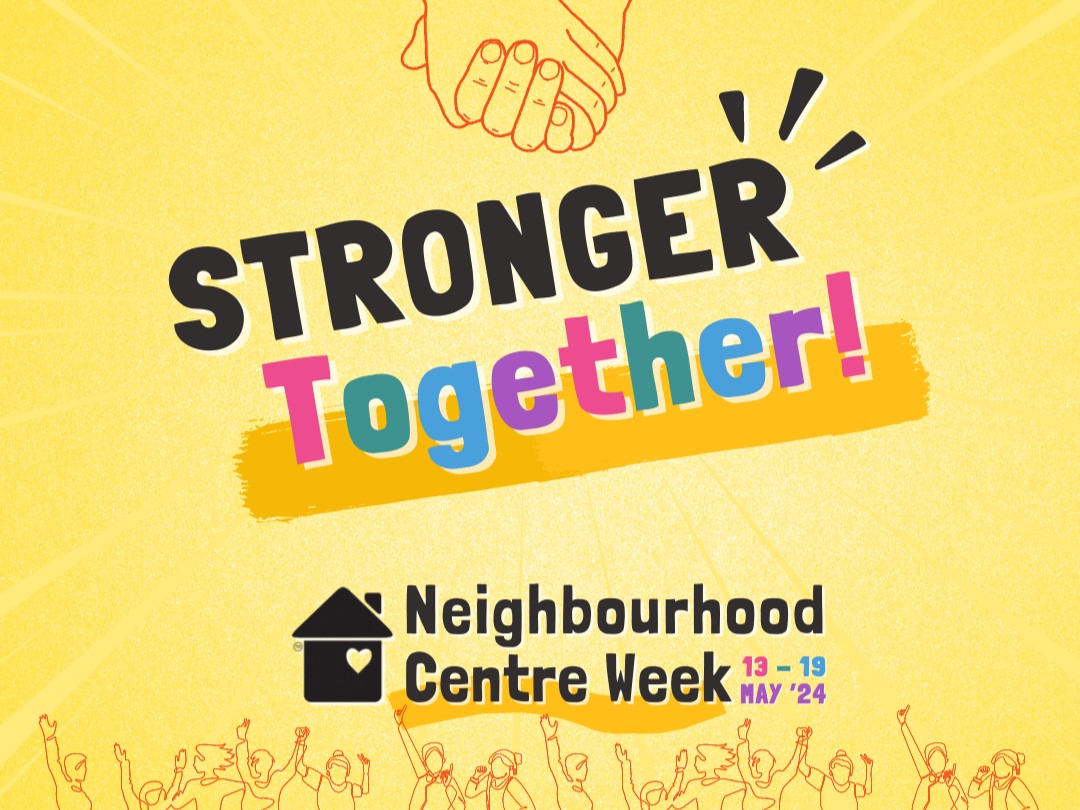The Australian Bureau of Statistics (ABS) has released new analysis of Personal Safety Survey (PSS) and Recorded Crime – Victims data, shedding further light on the experiences of victim-survivors of sexual violence in Australia.
The new analysis of 2016 PSS data found persons who had experienced childhood sexual abuse were at an increased risk of experiencing sexual assault later in life.
ABS Director of the National Centre for Crime and Justice Statistics, Will Milne, said “Women who experienced childhood sexual abuse were three times more likely to experience sexual assault later in life, compared with women who had not been sexually abused as children (43 per cent compared with 13 per cent). For men, the risk was five times greater (18 per cent compared with 3.4 per cent).”
Around 2.2 million women (23 per cent) and 718,000 men (8 per cent) aged 18 years and over have experienced sexual violence in their lifetime, including childhood sexual abuse or sexual assault since the age of 15.
Analysis of Recorded Crime – Victims data revealed that police agencies recorded 144,797 victims of sexual assault between 2014 and 2019. Most victims (83 per cent) were female, and nearly two-thirds (63 per cent) were under the age of 18.
Less than half of recorded sexual assault victims reported the incident to police within a week of the incident occurring.
”The study found 48 per cent of female victims and 39 per cent of male victims reported the incident to police in less than one week. By the one-year mark, this proportion had increased to 76 per cent for female victims and 63 per cent for male victims,” said Mr Milne.
Nearly one in five male victims of sexual assault (19 per cent) and one in 17 female victims of sexual assault (5.9 per cent) who reported the incident to police said it occurred 20 years or more ago.
”The proportion of male victims who were reporting an incident that occurred 20 years or more ago was highest for those who experienced sexual assault in a religious location (72 per cent) followed by an educational location (39 per cent),” said Mr Milne.
Further results from the new analysis are presented in the article ‘Sexual Violence – Victimisation,’ available on the ABS website. It is the first article in a new series exploring the prevalence and characteristics of sexual violence in Australia. Subsequent articles, to be released later this year, will focus on criminal justice outcomes for sexual assault perpetrators, and sexual harassment.
If you or anyone you know is in need or crisis please call the National Sexual Assault, Domestic and Family Violence Counselling Service on 1800RESPECT (1800 737 732) or Lifeline 131 114.






